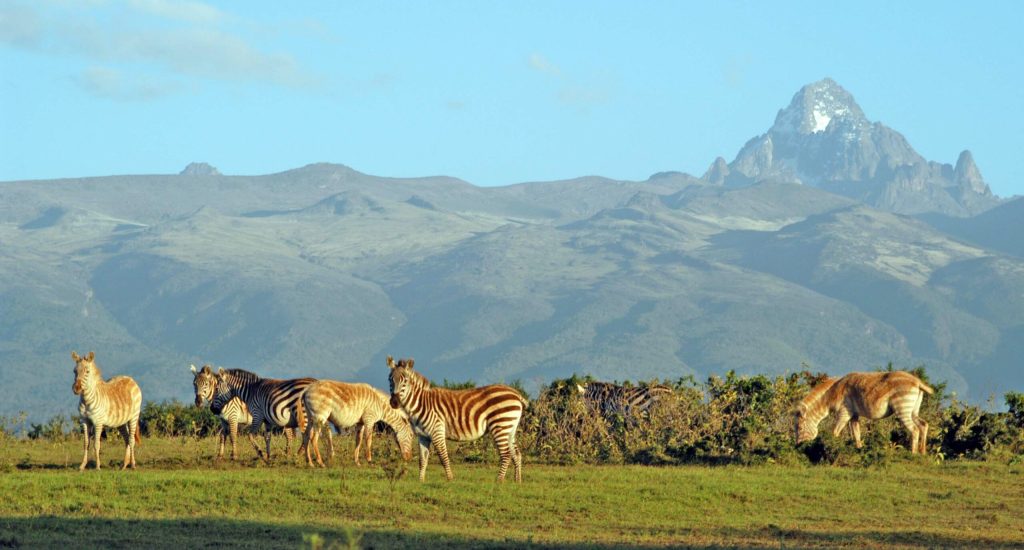Unveiling the Majestic Beauty of Mount Kenya National Park
Nestled in the heart of Kenya’s Rift Valley, Mount Kenya National Park was established in 1949 to safeguard the awe-inspiring Mount Kenya, its rich wildlife, and the surrounding environment. Spanning approximately 700 square kilometers, this park serves as a vital watershed, supplying water to various regions of Kenya. Located about 175 kilometers from Nairobi, it encompasses the breathtaking landscape of mountain rivers, forests, moorlands, and glaciers, crowned by the glittering peaks of Batian and Nelion.




Mount Kenya: Iconic Attraction
Mount Kenya stands tall as the second-highest mountain in Africa, boasting unique ecosystems that change with altitude. Designated a UNESCO World Heritage Site and Biosphere Reserve, its pristine wilderness, shimmering lakes, and mineral springs attract nature enthusiasts from around the globe. With over 130 species of birds and an abundance of wildlife, including elephants, rhinos, leopards, and various antelope species, Mount Kenya National Park offers a truly immersive experience in the heart of nature.
Activities in the Park
Embark on exhilarating game drives, mountain climbing expeditions, camping adventures, or cave explorations within the park. Choose from multiple entry gates, including Narumoru, Sirimon, Kamweti, and Chogoria, for convenient access to Mount Kenya’s wonders.
Trekking Mount Kenya
For adventurers seeking the ultimate challenge, Mount Kenya offers three peaks of varying difficulty levels. While experienced climbers can conquer Batian and Nelion with advanced equipment, most adventurers opt to ascend Point Lenana (4,985m), the smallest peak. The Naro Moru route, starting from Naro Moru town, provides a thrilling three-day trek to Point Lenana, passing through Mackinder’s Camp and the Peak Circuit Path..
Wildlife Encounters
Encounter a diverse array of wildlife, from elephants and Cape buffaloes to black-and-white colobus monkeys and unique species like the Mount Kenya hyrax. Birdwatchers will delight in spotting over 130 bird species, including sunbirds, starlings, and bearded vultures, amidst the park’s alpine forests.
Weather & Best Time to Visit
Mount Kenya’s climate varies with altitude, ranging from freezing cold temperatures at high altitudes to mild conditions in the lower regions. The sunniest months, from December to March, offer optimal visibility and trekking conditions. Avoid the rainy seasons from March to May and October to early December, when cloud cover and drizzle may obscure views.
Accommodation & Access
Choose from a range of accommodations, including budget camps, midrange lodges, and luxury resorts, both inside and outside the park. Access Mount Kenya National Park via domestic flights from Wilson Airstrip to Nanyuki Airstrip or by road, with routes leading from Nairobi to Nanyuki or Chogoria. Whether scaling its peaks or marveling at its wildlife, Mount Kenya National Park promises an unforgettable journey into the heart of Africa’s natural wonders.
